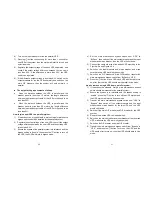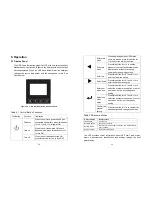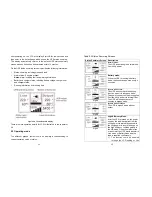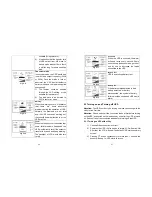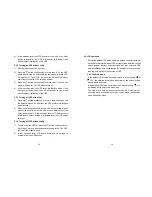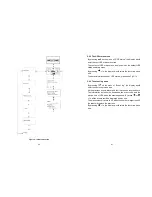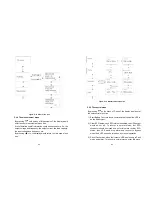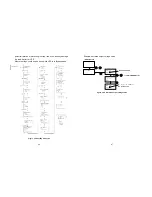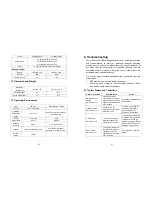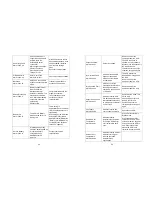
26
8. If optional EBMs are installed, see “Configuring the UPS for
EBMs” to set the number of installed EBMs.
9. To change any other factory-set defaults, see “Operation”
Online series recommends setting the date and time.
At initial startup, the UPS sets system frequency according to
input line frequency (input frequency auto-sensing is enabled by
default). After initial startup, auto-sensing is disabled until
manually re-enabled by output frequency setting.
At initial startup, inut voltage auto-sensing is disbaled by default.
When manually enabled by output voltage setting, at the next AC
startup the UPS sets output voltage according to input line
voltage. After the subsequent startup, auto-sensing is disabled
until manually re-enabled by output voltage setting.
10. If you installed an optional REPO, test the REPO function:
Activate the external REPO switch. Verify that status change on
the UPS display.
Deactivate the external REPO switch and restart the UPS.
4.6 Parallel Installation and Operation
4.6.1 Brief introduction of the redundancy
The parallel structure is 1+1.As long as the UPS is equipped with
parallel cables, up to 2 UPSs can be connected in parallel to
configure a sharing and redundant output power.
4.6.2 Installation and operation
How to install a new parallel UPS system:
1) Before installing a new parallel UPS system, user need to
prepare the input and output wires, the input and output
breakers, and the parallel signal cables.
2) Users need to use a special 15-pins communication cable
(optional) for this system, which have to have 15 cores,
corresponding stitches and shield, as the UPS parallel cable.
27
The length of the parallel cable have to be less than 3 m.
3) Strictly follow the chapter 4, the wiring requirement of single
UPS to perform the wiring of each UPS.
4) Each UPS need independent battery packs.
5) Please connect the input and output wires, fix all the wiring
according to the Figure 4-5 and make sure all these breakers
are open.

















